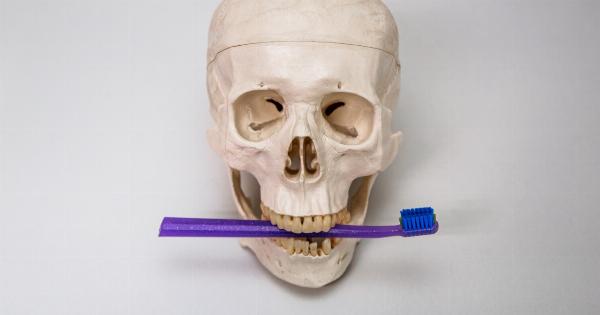Osteoporosis, a condition characterized by weak and brittle bones, is commonly perceived as a health concern that predominantly affects women. However, breaking this common misconception, osteoporosis affects men too.
While the prevalence of osteoporosis is higher in women, men also experience bone loss and a higher risk of fractures as they age. It is crucial to raise awareness about osteoporosis in men to promote early diagnosis, prevention, and adequate management of this condition.
This article aims to debunk the myth surrounding osteoporosis and shed light on its impact on men’s health.
Understanding Osteoporosis
Osteoporosis is a skeletal system disorder characterized by low bone density and structural deterioration, leading to an increased risk of fractures.
The condition occurs when the body’s natural bone remodeling process becomes imbalanced, causing more bone to be resorbed than formed. As a result, bones become weak and prone to breaking, even from minor falls or bumps.
Prevalence of Osteoporosis in Men
Osteoporosis is commonly perceived as a women’s health issue, but it also affects a significant number of men.
While women are at a higher risk of osteoporosis due to factors like menopause and hormonal changes, men also experience age-related bone loss. According to the International Osteoporosis Foundation, approximately one in five men over the age of 50 will experience an osteoporotic fracture in their lifetime.
Causes and Risk Factors
Several factors contribute to the development of osteoporosis in men:.
- Age: As men age, they naturally experience a gradual decrease in bone density and strength.
- Hormonal Changes: Reduced testosterone levels in older men can lead to bone loss and an increased risk of osteoporosis.
- Chronic Medical Conditions: Certain health conditions like chronic kidney disease, liver disease, and inflammatory bowel disease can affect bone health in men.
- Medication Use: Long-term use of certain medications, such as corticosteroids, can negatively impact bone density.
- Lifestyle Factors: Sedentary lifestyle, excessive alcohol consumption, smoking, and a poor diet lacking in calcium and vitamin D can increase the risk of osteoporosis in both men and women.
Signs and Symptoms
Osteoporosis is often called a “silent disease” because it typically doesn’t cause noticeable symptoms until a fracture occurs. However, there are some signs that men should be aware of:.
- Back pain, often caused by vertebral fractures
- Loss of height over time
- Receding or weakened grip strength
- Fractures resulting from minimal trauma, such as a fall from standing height
Diagnosis and Screening
Diagnosing osteoporosis in men involves a thorough medical history review, physical examination, and bone density testing. Dual-energy X-ray absorptiometry (DXA) is the most commonly used method to measure bone mineral density and assess fracture risk.
It is important for men to discuss their risk factors and undergo regular screenings, especially if they have a family history of osteoporosis or have experienced unexplained fractures.
Prevention and Management
While osteoporosis cannot be completely prevented, there are steps men can take to reduce their risk and manage the condition:.
- Adopting a healthy lifestyle: Regular exercise, particularly weight-bearing and resistance exercises, can help increase bone density and strength. A well-balanced diet rich in calcium and vitamin D is essential for maintaining bone health.
- Avoiding smoking and excessive alcohol consumption: These habits can weaken bones and increase fracture risk.
- Taking prescribed medications: If diagnosed with osteoporosis, healthcare professionals may recommend medications to slow down bone loss and reduce fracture risk.
- Preventing falls: Taking precautions to prevent falls, such as removing hazards at home, using assistive devices, and regularly checking vision, can minimize the risk of fractures.
Support and Awareness
Osteoporosis in men can be emotionally challenging, particularly due to societal misconceptions surrounding the condition. It is important to provide support and create awareness about the impact of osteoporosis on men’s health.
Support groups, educational programs, and initiatives that encourage men to talk openly about their bone health can help break down barriers and promote early diagnosis and effective management.
Conclusion
Osteoporosis is not solely a women’s health issue but affects men as well. Men may be more reluctant to recognize and seek help for this condition due to societal expectations and a lack of awareness.
By debunking the myth that osteoporosis only affects women, we can encourage men to take proactive steps towards prevention, early diagnosis, and management. Increased awareness, support, and comprehensive healthcare approaches will go a long way in minimizing the burden of osteoporosis in men.






























